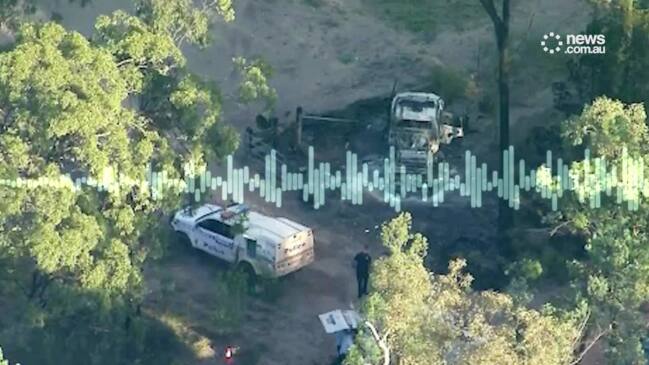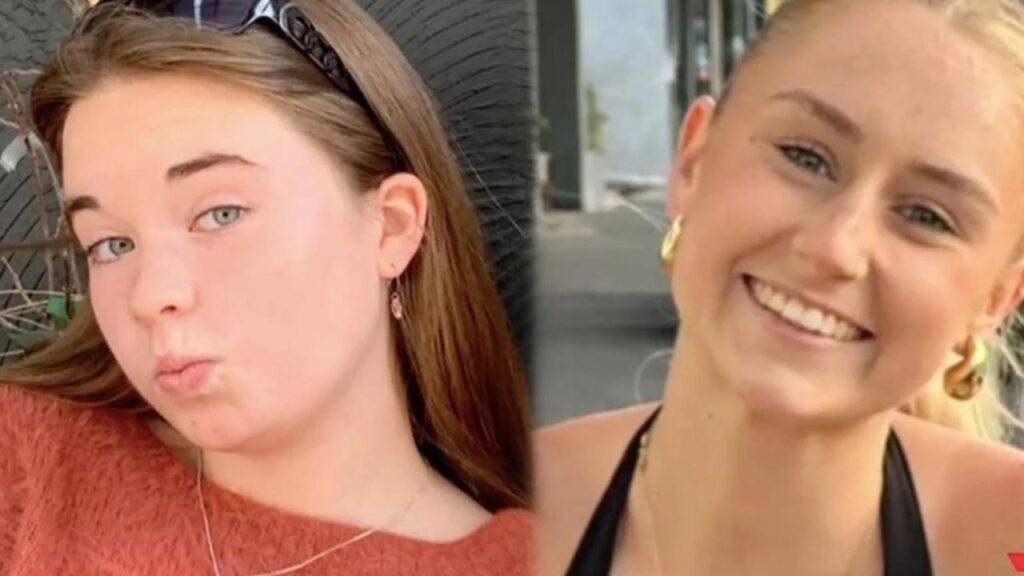F‘Grave’ concern about cop killers revealed
Written by admin on August 7, 2024
The tactical police commander whose team shot dead a trio of extremist cop killers has revealed he had “grave” fears the shooters would be able to escape the property as heavily armoured vehicles moved in.
Queensland Police Superintendent Tim Partridge revealed the meticulous level of planning as he led the specialist officers to the Wieambilla property, in Queensland’s Western Downs region, following the deaths of two constables and a neighbour two years ago.
Superintendent Partridge said there were issues with trying to ensure the scene was properly contained to prevent the killers from fleeing in a vehicle.
The court was told this concern was stoked by the armoured BearCat deployed to the scene taking “accurate” gunfire to the windshield with police still inside.
“I was concerned about our ability to isolate the threat,” Superintendent Partridge said.
“The fact that a civilian had also been killed, not just police, elevated that concern.”
Superintendent Partridge is among members of the highly trained special emergency response team (SERT) due to give evidence at an inquest into the deadly massacre.
Queensland Police constables Rachel McCrow, 29, and Matthew Arnold, 26, were murdered by members of the Train family – Nathaniel, Gareth and Stacey – at the Wains Rd property on December 12, 2022.
The Trains’ neighbour Alan Dare, 58, was also murdered investigating fires lit by the group.
Two other constables – Keely Brough and Randall Kirk – survived.
SERT officers shot and killed the Train family later that night.
On Wednesday, Superintendent Partridge told the court that he had only heard “scuttlebutt” or rumours about the shooting on the Western Downs on the day the massacre unfolded.
After learning that officers were down, he began to get “the wheels in motion” organising tactical response operators to attend the property.
This included the deployment of the armoured BearCat vehicle, but Superintendent Partridge said the SERT tactical commander made this decision, not him.
Some travelled by air to Wieambilla, he said.
“I put the tactical commander, a team leader and two snipers, or marksmen, on the aircraft,” Superintendent Partridge said.
“I thought it was highly likely marksmen would be required.”
The court was told SERT teams always deployed with tactical commanders (at the rank of senior sergeants), team leaders (at the rank of sergeants) and operators.”
Superintendent Partridge drove to the scene knowing intel officers would “have their work cut out for them”.
He said he had numerous phone calls with officers at the forward command post – including with Acting Superintendent Timothy Mowle – on his way to the property.
It led to him briefing SERT staff about 6.41pm that one officer, Randall Kirk, at the scene was missing and another, Keely Brough, was still on the property.
“The priorities were to recover the downed officers and contain the scene,” Superintendent Partridge said.
Earlier in the inquest, the court was told police had managed to retrieve the bodies of constables Arnold and McCrow and rescue Constable Brough.
As a result SERT priorities changed to containing the incident and arresting the shooters, Superintendent Partridge said.
“Containing is a basic undertaking for any SERT response,” he said.
“It depends entirely on the terrain, the location, the offenders and what they’re armed with – we want to isolate that threat from the community.”
As the teams moved towards the Trains’ “stronghold” he learnt police were taking fire.
He told the court he felt “relief’” knowing the Trains were still at the property as he initially feared they would go mobile.
The trio had access to vehicles and operators were initially briefed that they had a quad bike.
Superintendent Partridge said this turned out to belong to Victor Lewis, Mr Dare’s neighbour.
“We had a limited capability of requiring situational awareness – it was dark, there were fires, which limited our ability to see and use night vision equipment,” he said.
“There wasn’t a defined line in the sand, it was more theoretical.
“I made it direct … I wanted tight containment, and I wanted (operators) to guarantee the occupants were not able to breach the cordon in vehicles or by foot.”
The court was told Superintendent Partridge authorised negotiations to go ahead at 9.10pm that night.
However, any attempts were “met with gunfire,” he said.
In his evidence, Superintendent Partridge said he told the teams in the BearCat to continue pushing forward to the Trains’ home, fearing the vehicle would not be mobile enough to respond to any attempts to escape.
The inquest continues.








